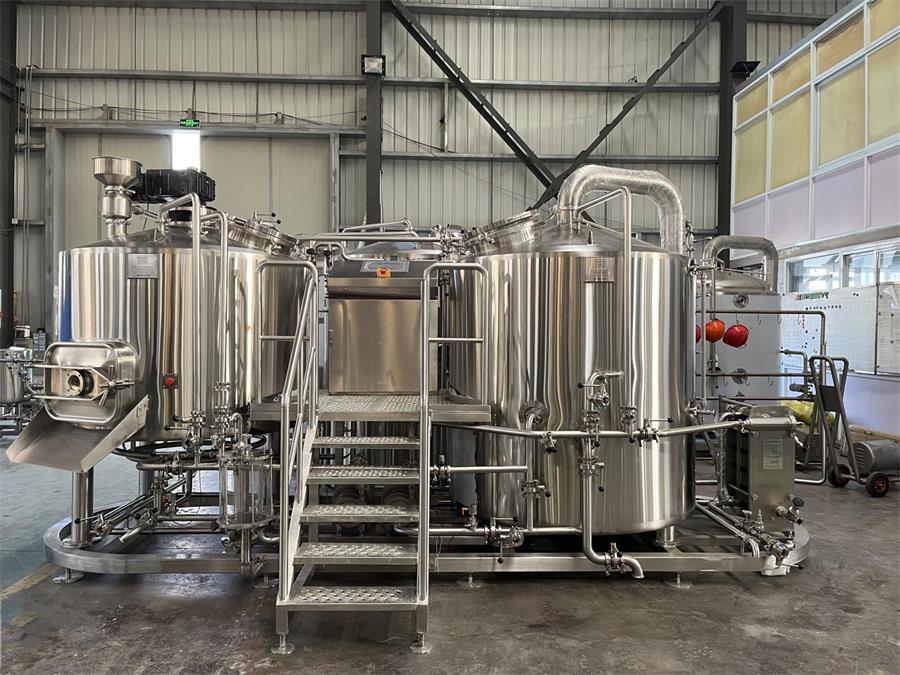How to Build a Brewery from Scratch
What Preparations Are Needed to Start a Brewery
Before you even touch a hop, you need to prep. Like, seriously prepare. You wouldn’t cook a five-star meal without knowing your ingredients and tools, right? Same thing here. Brewing requires more than just a love for beer—you need a solid foundation in business, brewing science, and local law.
Start with your business plan. This is your playbook. Include your mission, vision, goals, brand positioning, and an honest SWOT analysis. Don’t skip market strategy and competitor analysis—they’ll help you carve your niche. Next, dig deep into your legal obligations. You’ll need federal and local alcohol permits, which can take months and sometimes feel like wrestling red tape with your bare hands.
And hey, brush up on brewing knowledge. Even if you plan to hire a brewmaster, understanding your product inside and out gives you better control and creativity.
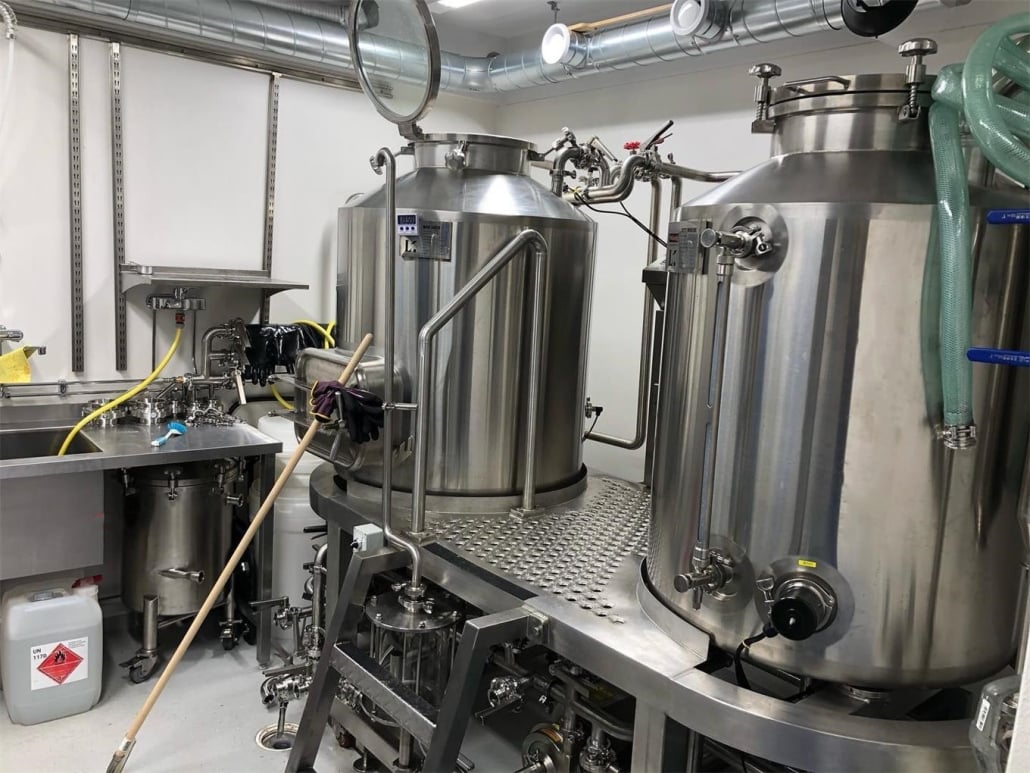
Market Research for Start a Brewery
Want to make a beer that sells? First, figure out what people actually want to drink. That’s where good ol’ market research comes in.
Start by looking at beer trends in your target region. Are people going nuts over hazy IPAs or do they lean toward clean pilsners? Maybe they want experimental sours or are craving good ol’ lagers. Get your hands dirty by talking to local pubs, hosting tasting panels, or even running surveys.
Next up, competitor research. Visit other breweries, study their menus, analyze pricing, observe branding and customer experience. You’ll quickly spot what works and what doesn’t.
Online research tools like Google Trends, Untappd, Beer Advocate, and Statista can help you get a sense of global and local drinking patterns.
How to Choose the Type of Beer for Start a Brewery
So many beers, so little time. Choosing your beer types is like picking your band’s sound. It defines your style, tone, and tribe.
Start with your target market. Are they beer geeks? Go wild with barrel-aged imperial stouts and triple-hopped double IPAs. Are they casual drinkers? Stick to more sessionable styles like blonde ales or crisp lagers. Do a mix? Cool, just make sure you nail the consistency.
Your equipment and space will also impact what you can brew. For example, lagers need cooler fermentation and longer storage time, which means more space and refrigeration power.
And remember, your flagship beer should be both accessible and unique. It’s the one everyone will remember you for—your business card in liquid form.
Financial Planning Breakdown for Starting a Brewery
Here’s where the rubber meets the road. Building a brewery isn’t cheap. From licensing to fermentation tanks, the costs add up fast. Below is a breakdown of what you can expect when planning finances for your brewery.
| Category | Estimated Cost (USD) | Details |
|---|---|---|
| Licensing & Permits | $10,000 – $25,000 | Federal (TTB), State, Local Alcohol Permits, Health Inspections |
| Equipment Costs | $100,000 – $300,000+ | Brewhouse system, fermenters, chillers, bottling/canning, lab tools |
| Buildout & Renovation | $50,000 – $250,000 | Plumbing, electrical, floors, drains, HVAC, aesthetics |
| Ingredients & First Batches | $5,000 – $20,000 | Malt, hops, yeast, adjuncts, packaging materials |
| Marketing & Branding | $10,000 – $50,000 | Logo, website, signage, launch events, promotions |
| Working Capital | $50,000 – $100,000+ | Payroll, utilities, rent, inventory for first 6-12 months |
| Total Estimated Budget | $225,000 – $745,000+ | Depending on size, scale, and ambitions |


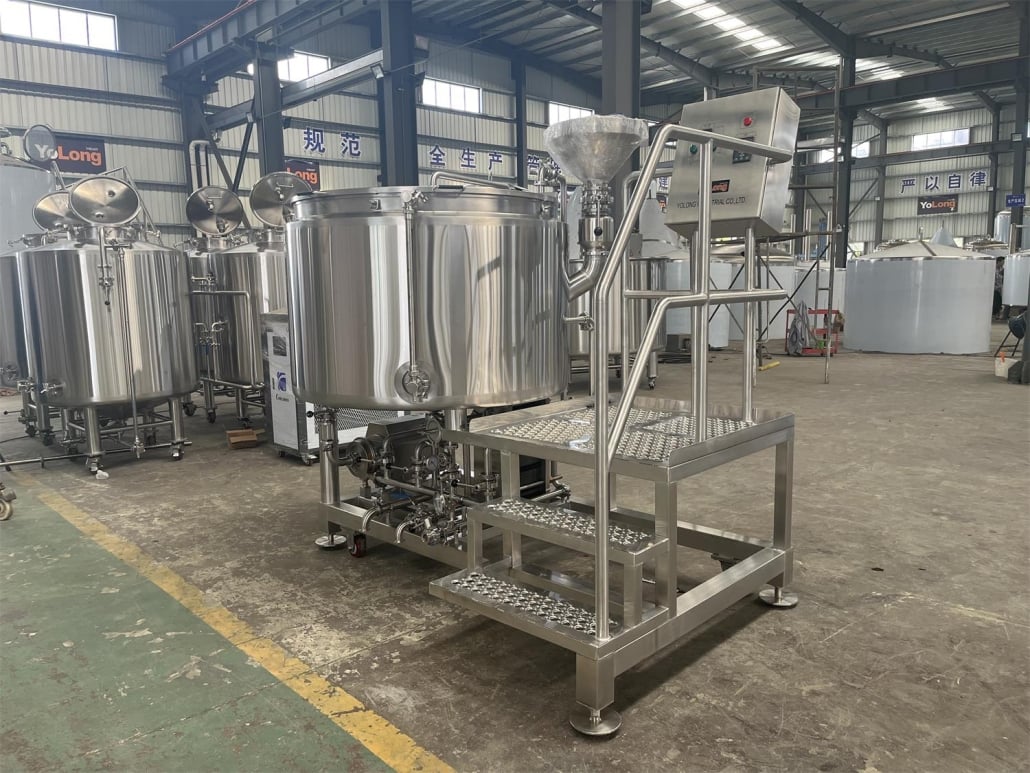
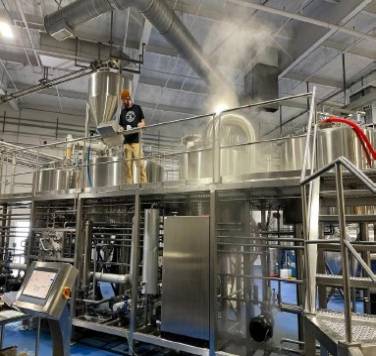
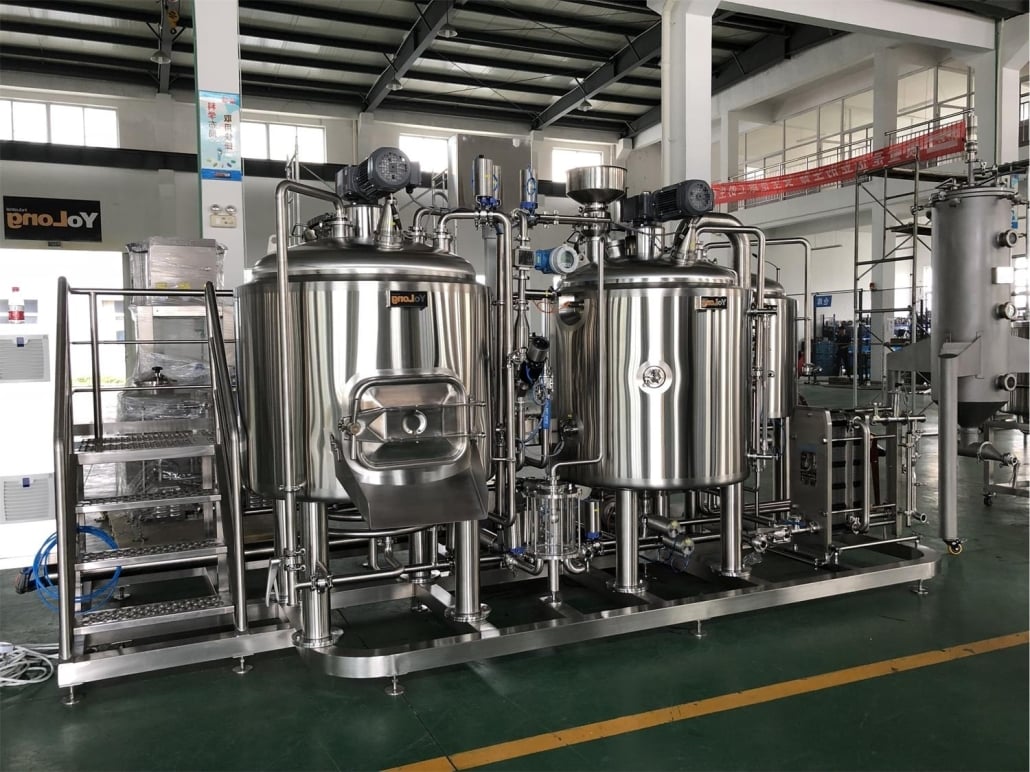
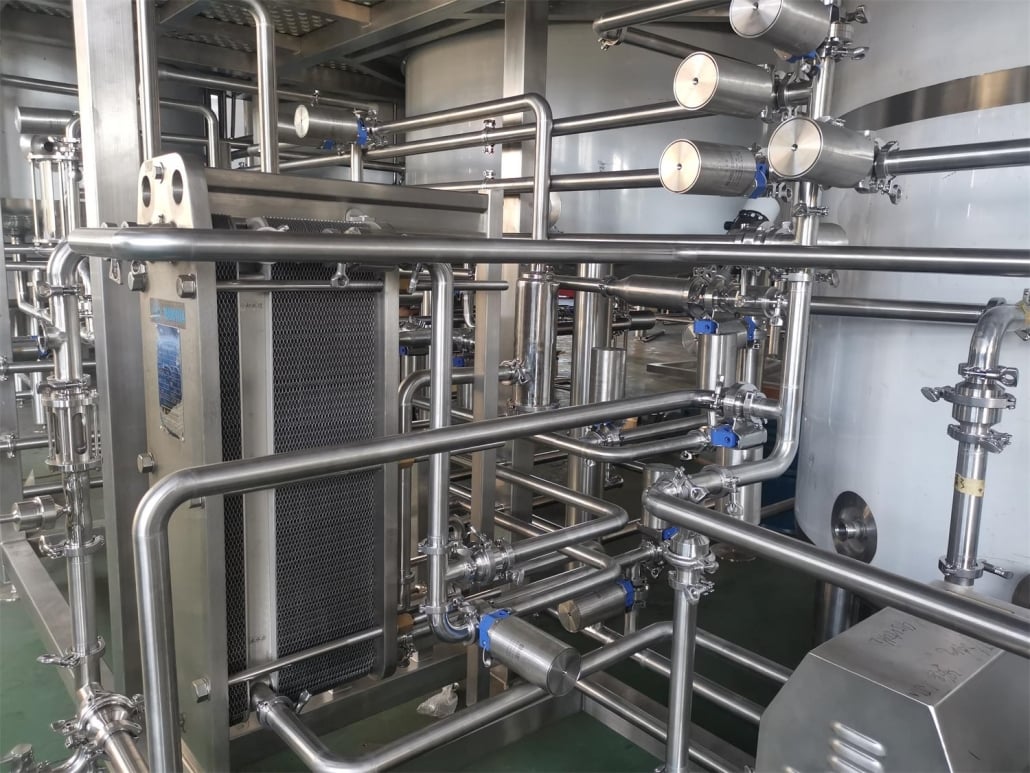
Choose the Correct Location for the Distillery
Location is more than just a GPS pin—it’s your brand’s ecosystem. Get this part wrong, and it doesn’t matter how great your beer tastes.
Look for spots with good foot traffic, but not sky-high rents. Urban breweries thrive near hip neighborhoods, but rural setups work too if you create a destination experience (think beer garden vibes or weekend festivals).
Consider zoning laws, utility access (water and electricity are everything in brewing), parking availability, and future scalability. Don’t forget about storage and distribution access if you plan to bottle, can, or keg your brew.
Ultimately, choose a space where your story fits. An old warehouse with exposed brick might scream “industrial craft vibe” while a modern glass-front unit might better match a sleek, clean lager lineup.
What Brewery Equipment and Setup Are Required to Start a Brewery
This is the heart of the operation. Your brewery equipment dictates how much you can produce, how often, and at what quality. And yeah, it’s a major investment.
Core Brewing Equipment Overview
| Equipment | Purpose | Key Considerations |
|---|---|---|
| Brewhouse (1-5 BBL+) | Where mashing, lautering, boiling occurs | Size affects output; larger = higher upfront cost but more efficiency |
| Fermentation Tanks | Where beer ferments after brewing | Needs temp control, must match brewhouse volume |
| Bright Beer Tanks | Conditioning and carbonation before packaging | Optional but useful for clearer, carbonated beer |
| Glycol Chillers | Keeps fermentation tanks at the right temperature | Essential for lagers and consistent fermentation |
| Kegs/Bottling/Canning | Packaging solutions for distribution | Canning lines = higher cost, higher retail potential |
| Cleaning Systems (CIP) | Cleaning tanks and lines | Sanitation is critical for consistent taste and safety |
| Lab Equipment | Quality control tools (pH meter, microscope, etc.) | Helps ensure consistency, shelf stability, and flavor integrity |
Start small but scalable. Many breweries begin with a 3-5 BBL system and grow as demand increases.
Initial Investment Budget for Building a Brewery
This is the moment of truth. How much money do you need in your back pocket to get your dream brewery off the ground? Below is a deeper dive into typical startup budgets based on different models.
| Brewery Model | Startup Budget (USD) | Notes |
|---|---|---|
| Nano Brewery (1-3 BBL) | $100,000 – $250,000 | Great for small towns or hobbyists. Limited output but low barrier entry |
| Microbrewery (3-15 BBL) | $250,000 – $750,000 | Most common entry level for serious businesses |
| Brewpub (with kitchen) | $500,000 – $1,000,000+ | Higher costs due to food, staffing, dual licensing |
| Production Brewery (15+ BBL) | $1,000,000 – $3,000,000+ | Regional or national distribution focus |
Always budget 10-20% more than expected. Delays, design changes, or market shifts are inevitable.
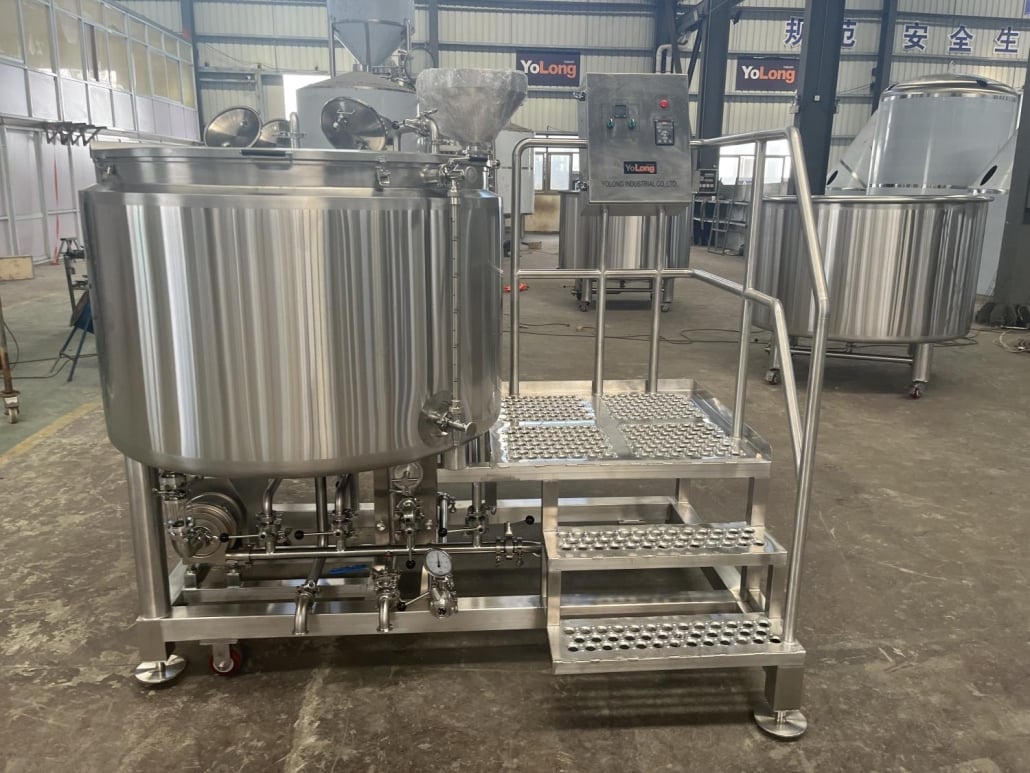
FAQ
| Question | Answer |
|---|---|
| Do I need brewing experience to start a brewery? | Not necessarily, but it helps. Hire a skilled brewmaster if needed. |
| How long does it take to launch a brewery? | Typically 12-24 months from planning to opening. |
| What licenses are required? | TTB federal permit, state alcohol license, business license, health permit. |
| Can I start a brewery from home? | In most places, no. Commercial brewing requires approved facilities. |
| What’s the biggest challenge when starting out? | Balancing quality, scale, and consistency while navigating regulations. |
| Should I start with draft or cans/bottles? | Draft is cheaper to start; cans/bottles allow for wider distribution. |
| How many staff do I need? | 3-10 for small operations. Brewmaster, assistant, sales, and taproom staff. |
Additional FAQs About Building a Brewery from Scratch (2025)
1) How much working capital should I reserve beyond buildout?
Plan for 6–12 months of operating runway. Typical ranges are 15–25% of total project cost to cover payroll, raw materials, utilities, and initial market ramp.
2) What utilities do I need before ordering equipment?
Confirm 3‑phase power capacity, natural gas or steam requirements, potable water pressure/flow, floor drains with adequate slope, compressed air (dry, oil‑free), and a glycol loop plan. Get utility letters from providers for permitting.
3) Which heating method is best for a startup brewhouse?
- Steam: most even control and fastest step changes; higher capex/permitting.
- Electric: precise, compact; feasible ≤10 bbl if amperage available.
- Direct fire: lowest capex; less uniform heating and potential caramelization.
4) How do I phase equipment purchases to stay lean?
Start with a 2‑vessel brewhouse, 4–6 unitanks (double‑batch size if possible), portable pump, mobile CIP cart, and mobile canning partner. Add brite tanks, in‑house packaging, and additional unitanks as demand validates.
5) What QA basics do I need on day one?
pH meter, hydrometer/density, microscope for cell counts, DO meter (at least on the cold side), ATP swabs, and basic microbiology media (e.g., HLP). SOPs for sampling and traceability are mandatory for consistency.
2025 Industry Trends Relevant to Building a Brewery from Scratch
- Modular, skid-built systems shorten install time and reduce commissioning risk for 3–15 bbl startups.
- Sustainability as table stakes: heat recovery to HLT, insulated vessels, VFD pumps, and low-water CIP to qualify for rebates.
- Contract/partner packaging first: mobile canning or local co‑packers reduce initial capex and speed market entry.
- Connected controls: PLC/HMI with cloud logging for batch records, utilities tracking, and preventative maintenance prompts.
- Low-oxygen practices expand: purged pipelines, inline DO on bright tanks, and DO limits in packaging contracts improve shelf life.
Startup Benchmarks and Adoption (2024–2025)
| Metric | 2024 | 2025 (proj.) | Notes/Source |
|---|---|---|---|
| New startups using modular skid brewhouses | ~40% | ~55% | Installer surveys; OEM catalogs |
| Startups launching with contract/mobile canning | ~50% | ~60% | Co‑packer reports; trade forums |
| Brewhouse specific energy (kWh/hl) | 22–28 | 18–24 | Brewers Association benchmarking |
| Water-to-beer ratio (hl/hl) | 4.0–5.5 | 3.2–4.5 | BA resources; integrator data |
| PLC/HMI adoption ≤15 bbl | ~45% | ~60% | Trade show polling |
| DO guarantees in canning contracts (≤40 ppb) | ~30% | ~45% | OEM contract norms, QA audits |
Authoritative references:
- Brewers Association sustainability and benchmarking: https://www.brewersassociation.org/sustainability
- MBAA Technical Quarterly and best practices: https://www.mbaa.com/publications/tq
- ASBC Methods (QA standards): https://www.asbcnet.org
- DOE Better Plants calculators (steam, motors, heat recovery): https://www.energy.gov/better-plants
Latest Research Cases
Case Study 1: Phased Launch Using Mobile Canning to Cut Capex (2025)
Background: A 7 bbl startup lacked budget for in‑house packaging but needed retail presence at launch.
Solution: Launched draft‑only for 60 days, then onboarded a mobile canner with a DO ≤40 ppb contract, standardized purge SOPs, and DO checks on bright tank.
Results: Time‑to‑market reduced by 10 weeks; capex deferred by ~$180k; median package DO 30–38 ppb; first‑quarter sell‑through enabled cash flow for two additional unitanks.
Case Study 2: Heat Recovery and Utility Rebates Accelerate Payback (2024)
Background: Utility costs threatened margins in a 10 bbl brewhouse buildout.
Solution: Specified kettle vapor condenser tied to HLT, VFDs on pumps, and insulated vessels; secured local energy rebates and low‑interest financing.
Results: 16% brewhouse energy reduction (kWh/hl), water-to-beer improved by 0.6 hl/hl; $22k in rebates; simple payback on upgrades in ~20 months.
Expert Opinions
- Tom Shellhammer, Ph.D., Professor of Fermentation Science, Oregon State University
Key viewpoint: “Flavor stability starts with oxygen control from whirlpool to package. Budget for DO measurement and controlled transfers from day one.” - John Mallett, Author of “Malt”; former VP of Operations, Bell’s Brewery
Key viewpoint: “Repeatability is a machinery and SOP problem. Invest in lauter control, precise temperature management, and training before scaling volume.” - Mary Pellettieri, QA Consultant; Author of “Quality Management for Craft Beer”
Key viewpoint: “A minimal viable lab paired with disciplined records prevents costly defects. Sampling plans and traceability are non‑negotiable even for nanos.”
Practical Tools and Resources
- Business planning and licenses
- TTB Permits Online: https://www.ttb.gov/beer/permits
- SBA business planning templates: https://www.sba.gov
- Technical standards and QA
- ASBC Methods: https://www.asbcnet.org
- MBAA Best Practices/TQ: https://www.mbaa.com
- Sustainability and utilities
- Brewers Association tools: https://www.brewersassociation.org/sustainability
- DOE calculators: https://www.energy.gov/better-plants
- Procurement and peer support
- ProBrewer forums/classifieds: https://www.probrewer.com
- Recipe/process software with equipment profiles
- Brewfather: https://brewfather.app
- BeerSmith: https://beersmith.com
Last updated: 2025-09-30
Changelog: Added 5 targeted FAQs, 2025 startup trend/benchmark table, two recent case studies, expert insights, and curated tools/resources tailored to building a brewery from scratch.
Next review date & triggers: 2026-03-31 or earlier if BA updates sustainability benchmarks, new utility rebate programs emerge, or regulatory/permitting timelines change materially.
Share this entry
Interested in learning more about Brewing Systems including additional details and pricing information? Please use the form below to contact us!
YOLONG BREWERY EQUIPMENT FAQS
- Commercial Brewery / Craft Brewery / Microbrewery / Nanobrewery
- What is The Difference Between Craft Beer and Industrial Beer?
- The Bespoke Differences In Custom Brewing Systems
- Everything You Need to Know About Kettle Souring
- How to Choose Brewing Equipment for Your business?
- How To Choose The-Best Partner To Build Your Commercial Microbrewing System?
- Two Detection Sensors That You Need To Use In Your Brewhouse System
- Remote Control Applications in Brewing Equipment/How does it work?
- How To Clean Your Brand New Brewery Tanks?

